Greetings!
This week’s extract finds us arriving at Kibbutz Revivim, the place where I volunteered for several months back in 1997. Although perhaps tame compared with my experiences these days, volunteering on a kibbutz in Israel was a seminal life experience for me and I shall treasure those days forever. Over the next few posts you shall discover why so please keep visiting. But for now, just let me recommend the kibbutz experience to anybody. Israel doesn’t get the best of press these days, some of that justified, other bits not so, but what everyone should understand is that there is far more to that little country than bombs, bullets and tension. Out in the Negev Desert, one can find harmony and peace and a co-operative way of life that survives despites all the pressures of an increasingly right-wing world. It is a beacon of hope, or, to translate it’s Hebrew name, a “Spring of Hope”.
Away from travelling, Cultured Vultures have published another of my stories, this time a very short one written seven years ago entitled ‘The Kiss’. Once again, please share it with you friends and pop Cultured Vultures on your favourites too! Thanks!
Keep travelling!
Uncle Travelling Matt
Links to other parts of the travelogue:
Sacred Pilgrimage
Part 2: Ash Wednesday in Jerusalem
Part 4: Exploring the Old City
Part 7: Up the Mount of Olives
Part 8: Further explorations of Jerusalem
Secular Pilgrimage
Part 2: An Introduction to Kibbutz Living
Part 4: The Silence of the Desert
Part 6: Tearing down the Wall!
Part 7: Beautiful (?) Beersheva
Beersheva Bus Station was a place that I knew well, for Beersheva was the nearest town to the kibbutz and we’d gone there regularly to shop or travel further afield. On my two subsequent visits I’d spent much time visiting friends there; former Ulpan students from the kibbutz who then lived in the monolithic Merkaz Klita Ye’elim in one of the city’s suburbs.[1] Yes, it was a place that I knew well and it changed one jot.
That is, it hadn’t changed save for one thing: there was no bus to Revivim. I looked on the timetable and it was not there. It was inconceivable; how could the kibbutz not be served by the bus network, it is remote and many of the kibbutzniks[2] do not have cars. I asked around and found the answer: the service had been privatised and was no longer run by Egged. Privatised! I was horrified; was nothing sacred?! The only bus to a socialist commune no longer run by the state! Karl Marx would be turning in his grave! Such is the path of progress.
The bus may have been different but the journey was familiar. I knew every mile by heart: the Bedouin market on the edge of town; the ruins of the bridges of the old Ottoman railway to Mecca that Lawrence of Arabia had once spent time and effort sabotaging, (except that now there was a new bridge running alongside as a section of the line has been restored to run to the Ramat Hovav toxic waste plant); the high-security prison where many a Hamas or Hezbollah ‘terrorist’ is incarcerated; the scruffy tents of the Bedouin[3] with animal pens and rusting white pick-ups by them, (except that there seem to be a lot more of those tents these days), and then the vast empty Negev Desert that starts at Beersheva and stretches south to Eilat where, split by the Gulf of Aqaba, it becomes either the Arabian Desert or Sinai and carries on to Mecca, Sana’a and beyond until it reaches the shores of the Indian Ocean. It’s a stony desert, not like the sandy wastes that one sees in the films, and in the spring it flowers unexpectedly, its slopes transformed into a most undesertlike carpet of greenery. There was still patches of this left when we passed through, but of more interest to me were the manoeuvres of the IDF by the roadside, with several dozen battle tanks rolling up and down the rolling hills to our right.
 Tanks on exercise near Revivim
Tanks on exercise near Revivim
The main point of interest on the 15 mile journey however, is when the bus turns into Mashabe Sade, a kibbutz of similar size and antiquity to Revivim,[4] its most noticeable features being a huge artificial pool and a giant mural of a cartoon cow.
Back onto the main road, we immediately turn left, cross the remains of the Ottoman railway line and onto the Golda Meir Park, a small oasis of pools and palm trees named after Israel’s first female prime minister who was a Revivim member. During my days as a volunteer on the kibbutz the volunteers visited the park several times, walking as a small group across the desert through the scattered Bedouin encampments with their donkeys and goats on a Shabbat when there was no work and little else to do.
The bus trundles on though, across the stony expanse until the kibbutz appears on the horizon to our left. The first sight that one gets is of a sea of fertility, the olive plantations that now surround Revivim, (although back in 1997 they had only just been planted), before some of the buildings can be made out; the silos, the Raviv plastics factory, the cream cylinder of the Golda Meir Cultural Centre.
My first days twelve years before are ones that shall forever be seared into my memory. I’d arrived then, as now, on the bus, accompanied by Sara who was this time waiting at the bus stop to greet us. She and her family are friends of Paul, my father’s good friend and a member of the local Jewish community, and it was they who had welcomed me at the airport and hosted me in Tel Aviv. The patriarch of the family is Yankalei (Yakov) whose family originally hailed from Persia and moved to Ottoman Palestine around 1800, settling in Jerusalem where they became a well-respected Jewish family. Yankalei himself was born in 1923 and as a young man he became a fervent socialist and Zionist, fighting for the Haganah firstly against the British and then later against the Arabs. Although a firm believer in Israel, his Oriental upbringing stayed with him and he became in time a friend of the Bedouin, often espousing their cause with comrades higher up the echelons of the Israeli Labour Party, including Yitzak Rabin, the former prime minister. His wife is Sara. She was born in Belgium in 1937 along with her twin sister Koka, (recently passed away), and tragedy accompanied her birth for her mother died giving life to the twins. When the Nazis invaded her father was taken away to Drancy, (a Nazi transit camp near to Paris), and from there shipped to Poland whence he never returned, but the two young girls were saved by their elder brothers who looked after them whilst they were hidden by neighbours, moving from place to place throughout the years of German occupation, secreted in convents, schools and lofts. After the war they were cared for by the Jewish Agency before making their way over to Israel on the refugee ships, arriving in the Jewish State in 1948. They, like so many Holocaust survivors, found new homes on kibbutzim, moving to Revivim soon afterwards. There she met Yankalei, got married and after a number of years two daughters were born to them; the eldest who now lives in Eilat, and the youngest who had hosted me in Tel Aviv but now lives in Beersheva. Although welcoming, Sara is an extremely, ahem… how shall I put it… ‘full-on’ person which, to a young man of very British sensibilities, came as a bit of a shock back then. Sara does not request, she demands and she does not suggest, she bosses. When I arrived in Revivim for the first time I was still reeling from three days in Tel Aviv with full Sara treatment. We arrived at night, shared a meal in the family apartment and then the next day I was introduced to more Israeli diplomacy in the shape of Gaby Kave, the kibbutz’s Volunteer Coordinator.
Gaby was a German Jew of uncertain age. When describing her to me beforehand, Paul used a large number of adjectives, the most printable of which were ‘ignorant’ and ‘rude’. He was too kind in his appraisal. I’d gone into the office smiling and friendly, sure in the knowledge that they would be honoured by and welcoming to a volunteer eager to play a part in their great socialist endeavour, but the illusion was shattered by a glare, a frown and the words, “Another volunteer, eh?” The only consolation was that her side-kick, an Argentinean Jew named Daniela, was stood behind and looked exceptionally hot.
I gave her my details and showed her the kibbutz insurance that I’d had to purchase in Tel Aviv[5] and then came the part where she assigned me work. “Ask for the gardens,” Paul had advised me, “it’s the easiest job on the kibbutz and the guy who runs them is a great bloke.”
“Can I go in the gardens?” I asked.
“No. There is no space in the gardens,” she replied, not even looking up.
“If I don’t get the gardens, what is best?” I’d asked Paul.
“Anywhere; factory, orchards, wherever. Just not the chickens, stay away from the chickens.”
Gaby looked up. “You’re in chickens,” she said with a thin smile.
The delectable Daniela showed me round. She had a sexy, Spanish-tinged accent but a demeanour that was cold. “This is where you’ll live,” she said far too matter-of-factly. It was a hut, one of the original kibbutz buildings, stark, rude and crumbling. It was surrounded by wasteland and litter from past bonfires. It was not fit for human habitation. It looked more Namibia than Negev. I later learnt that that area of the kibbutz was nicknamed ‘The Ghetto’. Least said.
“You will share with Tom and Chris. They are Switzerland guy and Holland guy. They are maybe in the dining hall now.”
Communal dining halls are a feature of kibbutzim. All equal, all eating together, communism in action. I however, had no time for egalitarian musings; instead I was looking at the two hairy monsters that confronted me, a veritable pair of Hell’s Angels, one with a Motorhead T-shirt to boot. These were my new roommates! In comparison, even my smelly little brother seemed a preferable alternative.
“Now the chickens! Come!” The chickens; you could smell them way before you reached them, long low huts on the edge of the desert full of clucking white birds. I recoiled in horror; this was to be my lot for the foreseeable future; stuck in a country of overbearing, bossy, rude people, living on a labour camp in a Third World shack, working every hour God sends in a stinking poultry shed, sharing a room with two men of the mountains, either of which would maul me to death as soon as look at me. Why of why Paul had I ever let you talk me into coming to this hellhole?!
Next part: A Pioneering Vision
[1] Ulpan, literally ‘teaching’ (Hebrew) is an intensive five-month course in Hebrew and Israeli life for new immigrants. They ran one on Kibbutz Revivim for American and Eastern European immigrants on alternate years. When I was there it was the East Europeans and I became friendly with some of them and kept up those friendships for several years afterwards. A ‘merkaz klita’ is an ‘absorption centre’ (Hebrew), a somewhat scary name for a halfway house of cheap accommodation to help newcomers further integrate and settle into Israeli life.
[2] Kibbutznik (Hebrew): member of a kibbutz
[3] The Bedouin of Israel are an interesting group. Although Arab and staunchly Muslim, they rarely associate with their Palestinian brethren and instead support Israel and serve in the IDF, often with distinction. They live as a race apart, much like the Travellers in the UK, moving about, marrying young and having large families. The Israeli government has made concerted efforts to settle them and improve their education and lot but this has been met with some resistance and has not always been to the benefit of the Bedouin. On the bus from Jerusalem to Beersheva I saw a city to the right of the road which I mistook for Gaza as it was a sea of minarets. It was in fact, Rahat, the city that the Israelis founded for the Bedouin to live in and reportedly the largest Bedouin city on earth. Whilst many Bedouin have moved there, most remain nomadic, dwelling in tents scattered across the Negev.
[4] Mashabe Sade was founded in 1947 and has 480 residents. Revivim was found in 1943 and has 800 residents, 350 of whom are members.
[5] Despite the fact that, for about the only time in my life, I had actually purchased travel insurance for that trip.
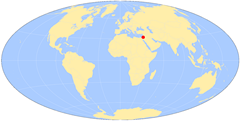
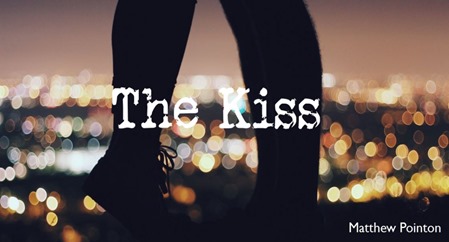
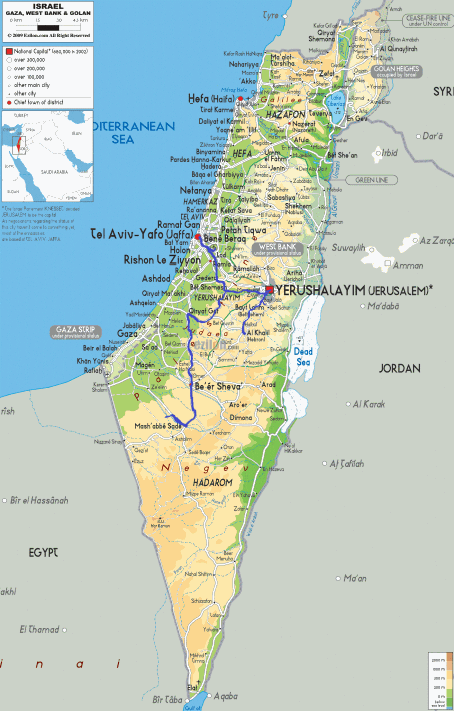
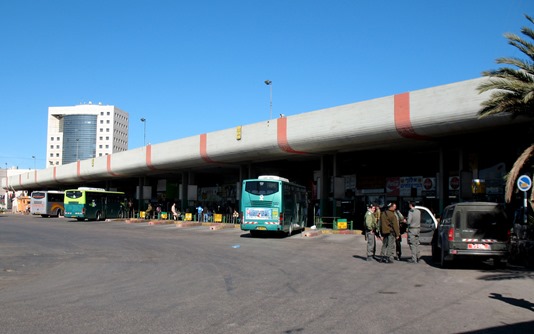
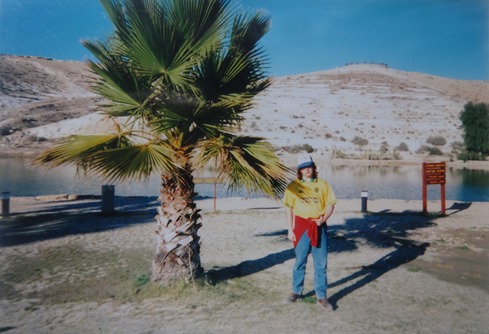
No comments:
Post a Comment